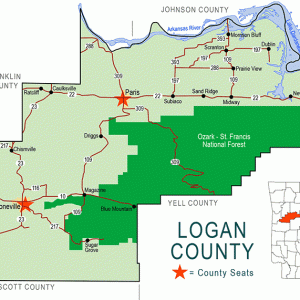 Logan County Map
Logan County Map
Entry Type: Thing
 Logan County Map
Logan County Map
Logan County Museum
aka: Old Logan County Jail
 Logan County Veterans Memorial
Logan County Veterans Memorial
 "Lonely Nights," Performed by CeDell Davis
"Lonely Nights," Performed by CeDell Davis
Long Line Rider [Book]
Long Line Rider [Song]
Lono Gymnasium
Lonoke Confederate Monument
Lonoke County Courthouse
 Lonoke County Map
Lonoke County Map
 Lonoke "Lone Oak" Tree
Lonoke "Lone Oak" Tree
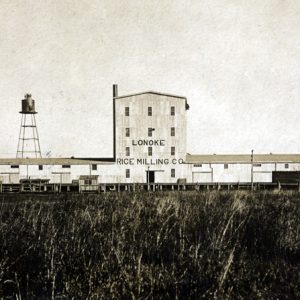 Lonoke Rice Mill
Lonoke Rice Mill
Lonoke Rock Island Depot
Looking Back to See [Book]
Looking for Shiloh
 "Lord Have Mercy on My Soul," Performed by Black Oak Arkansas
"Lord Have Mercy on My Soul," Performed by Black Oak Arkansas
 Lorraine
Lorraine
Lost Cause Myth of the Confederacy
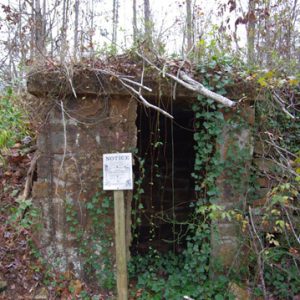 Lost Corner Cellar
Lost Corner Cellar
 Lost Forty Brewing
Lost Forty Brewing
 Lost Forty Brewing
Lost Forty Brewing
 Lost Forty Brewing Tanks
Lost Forty Brewing Tanks
 Lost Forty Vat Room
Lost Forty Vat Room
 Lonquil Stock Certificate
Lonquil Stock Certificate
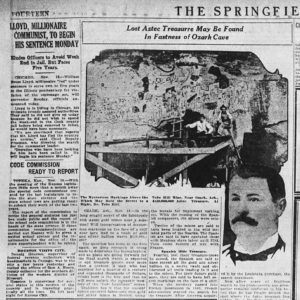 Lost Louisiana Mine Article
Lost Louisiana Mine Article
Lost Louisiana Mine
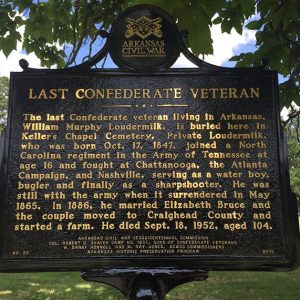 Loudermilk Memorial
Loudermilk Memorial
Love Finds You in Snowball, Arkansas
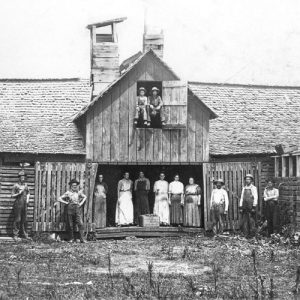 Lowell Apple Evaporator
Lowell Apple Evaporator
Loy Kirksey House
Lucie’s Place
 Luckinbill in Star Trek
Luckinbill in Star Trek
 Luckinbill on Stage
Luckinbill on Stage
 Luckinbill as Teddy Roosevelt
Luckinbill as Teddy Roosevelt
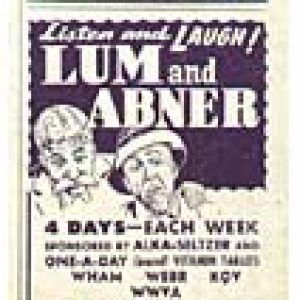 Lum and Abner Radio Show
Lum and Abner Radio Show
Lum and Abner
Lum and Abner Museum and Jot ‘Em Down Store
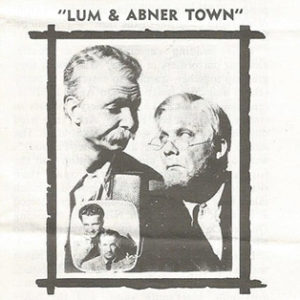 Lum and Abner Museum Brochure
Lum and Abner Museum Brochure
Lustron Houses
 "Luther's Blues," Performed by Luther Allison
"Luther's Blues," Performed by Luther Allison
 Lycogala epidendrum
Lycogala epidendrum
 Lynching Condemnation Document
Lynching Condemnation Document
Lynching Reports, Tropes Common to
M. M. Cohn
 M.U.L.E. Video Game, Designed by Danielle Bunten Berry
M.U.L.E. Video Game, Designed by Danielle Bunten Berry
 MacArthur Park Etching
MacArthur Park Etching
 MacArthur Candidacy
MacArthur Candidacy
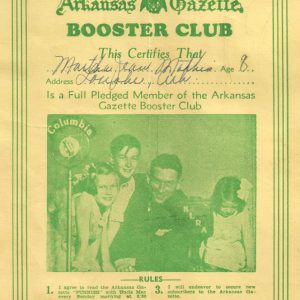 "Uncle Mac" Certificate
"Uncle Mac" Certificate
 Madam Queen Locomotive
Madam Queen Locomotive




